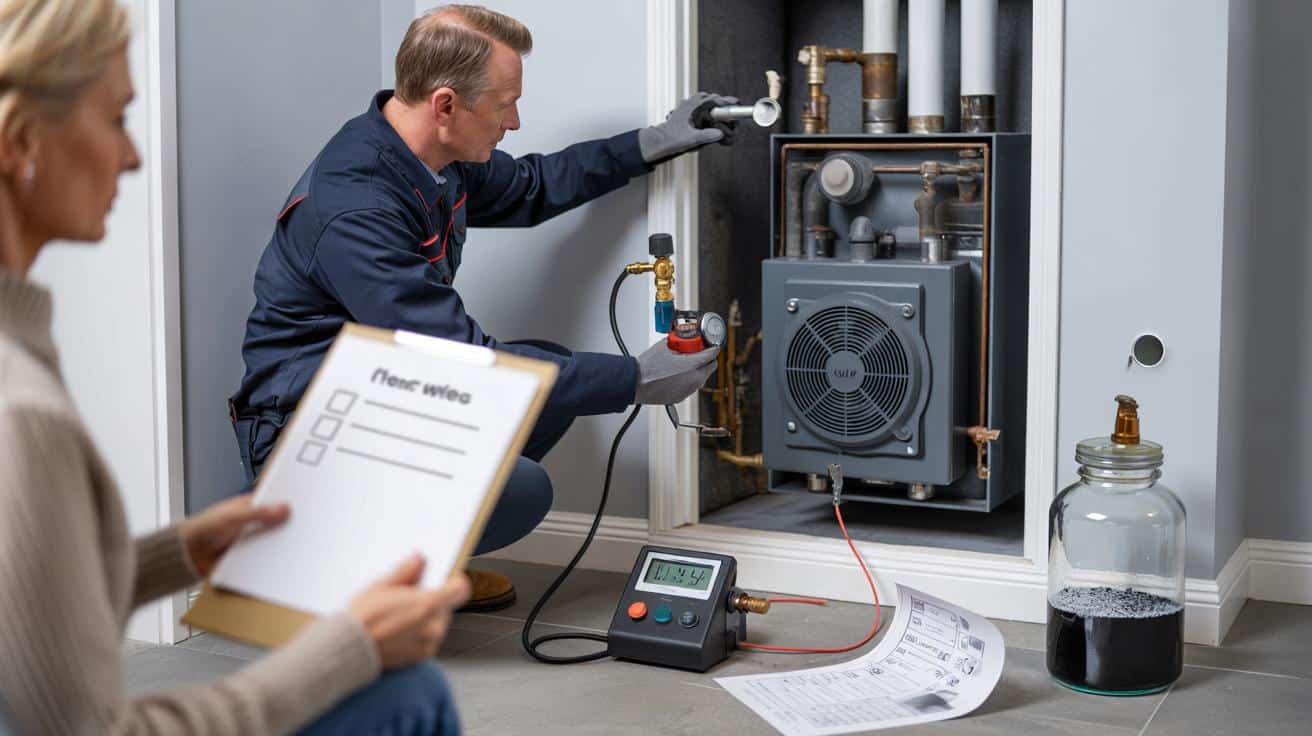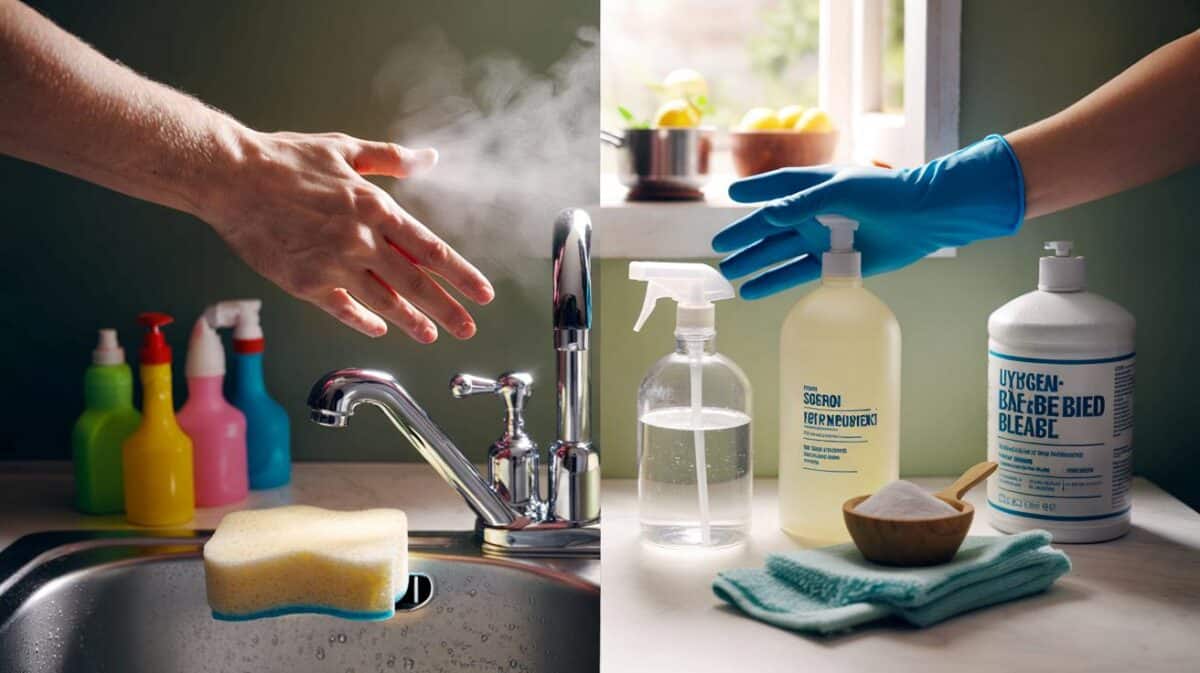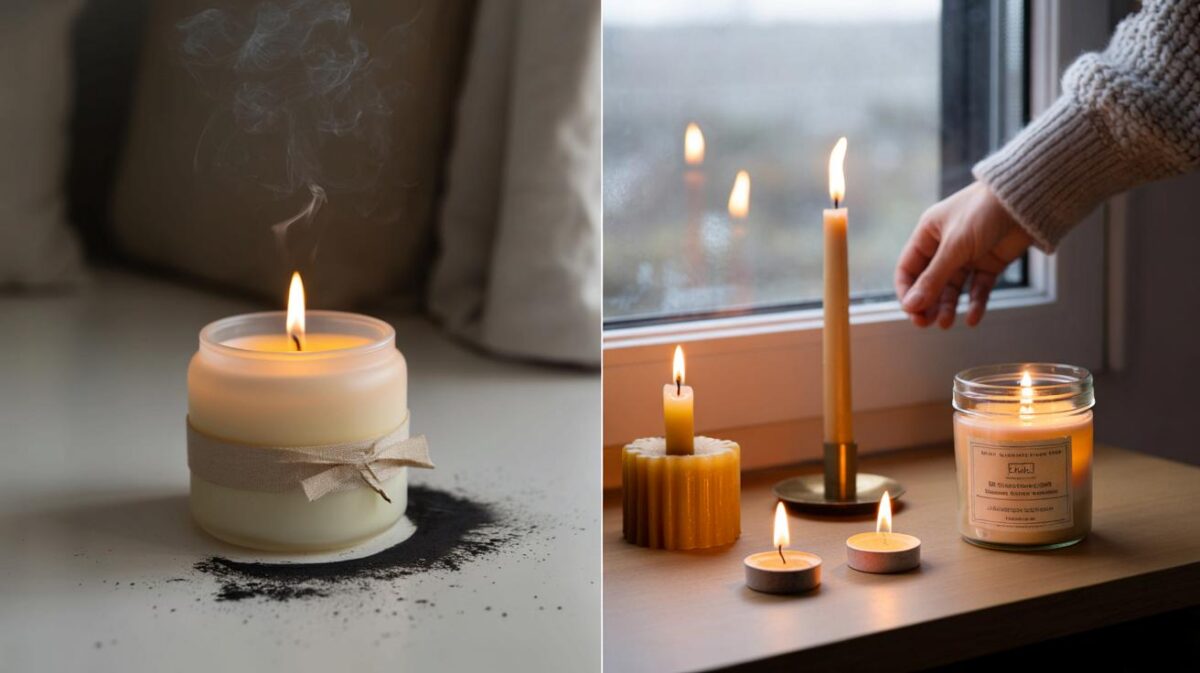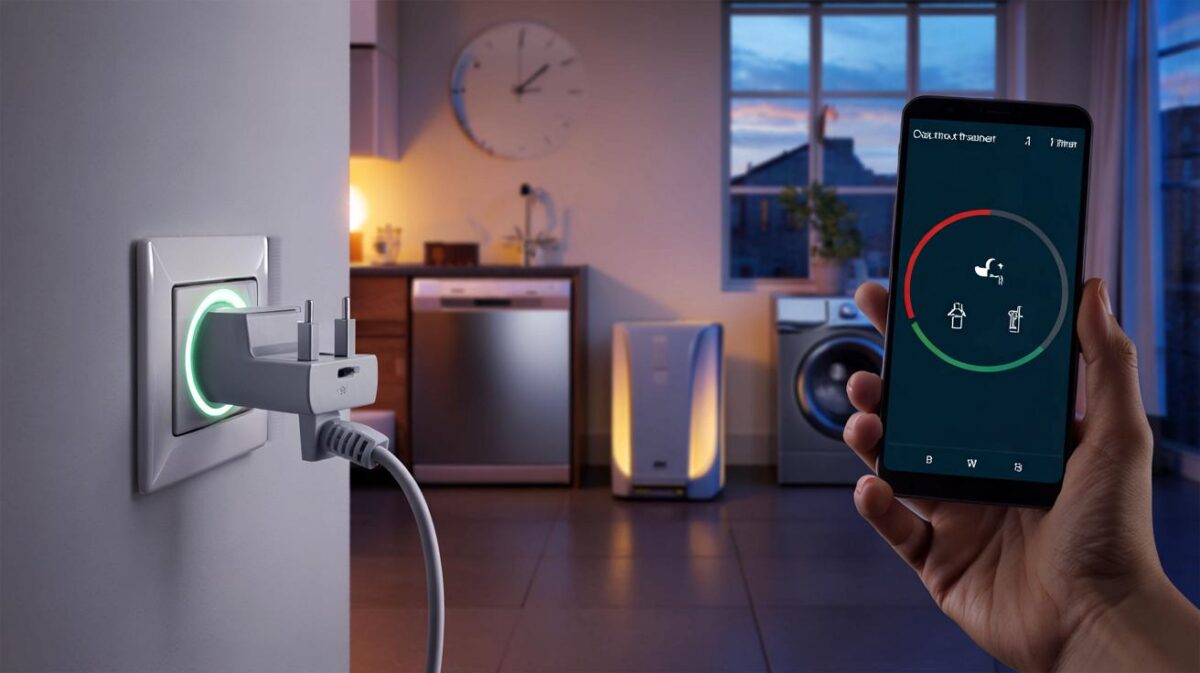When the engineer arrives, you nod, step aside, and hope for magic. The visit is quick, the small talk polite, the receipt crisp. It feels done. Yet the difference between a tick-box glance and a proper service can mean a winter of calm or a burst pipe at Christmas. The awkward bit is where the truth lives: what most engineers don’t say unless you ask.
It was a grey Tuesday in late October when I stood in a hallway that smelled faintly of damp coats and last night’s curry. The engineer was friendly, boots off, tools neat, the sort of quiet competence that makes you want to brew tea. He popped the case, tapped a few screws, and the analyser beeped like a microwave. I watched the numbers flash, not really understanding, nodding anyway. The printer whirred, then stopped, and he folded the strip like a fortune.
He smiled, I signed, and the boiler sighed back to life. The house warmed a touch as the front door clicked. Then a thought landed like a coin in a jar. Did he check the expansion vessel?
Inside a real boiler service: the bits you rarely see
A proper service isn’t “quick look, quick wipe”. It’s a sequence. Combustion gets measured, not guessed. The flue is inspected end to end, not just the bit you can see before the ceiling. Seals are checked for hardening. Condensate trap cleaned of the beige sludge that smells faintly metallic. The burner, if the manufacturer schedule says so, is removed and refitted correctly. Tiny things that decide if your boiler runs sweet or sulks.
There’s also the gas part you don’t witness. Working pressure and gas rate at the meter. Inlet pressure at the boiler with a digital manometer. Then the fan, electrodes, and flame sensing. If there’s a magnetic filter, it should open and bleed off sludge. If there isn’t, you might hear a tactful cough and a suggestion. **Ask for the combustion printout.** It’s the difference between “it feels fine” and “it is fine”.
This is where time becomes truth. Some fixed-price services squeeze into twenty minutes. Others take forty-five because the engineer follows the manufacturer’s checklist, not the diary. You spot the good ones by their rhythm. They scan the Gas Safe ID on arrival. They ask about odd noises, pressure drops, or radiators going cold at the top. They sometimes sit on the floor, like a watchmaker, quietly setting your winter right. You don’t need to hover. But it helps to know what “right” looks like.
The questions that change the visit
Put a simple checklist by the boiler and read it out, gently. “Could I see your Gas Safe card?” then “Are you doing a flue gas analysis and can I have the numbers?” Add two more: “What’s the working pressure today?” and “Are you checking the expansion vessel pre-charge?” These aren’t gotchas. They’re signals. The good engineers nod, answer, and carry on. *You don’t need to be technical to ask technical questions.*
There’s one more that saves winter tears: “Will you clean the condensate trap and look over the PRV discharge?” That little copper pipe outside should be dry. If it’s dripping, the pressure relief valve may be passing. If you’ve got a magnetic filter, ask them to open it. See the water? If it looks like black coffee, talk inhibitor. Let’s be honest: no one actually does that every day. **Check the expansion vessel pressure.** It takes a minute; it can prevent noisy kettling and a dead pump.
We’ve all had that moment where the heating dies on the coldest evening and everyone stares at the thermostat like it’s playing a prank.
“If it isn’t measured, it isn’t serviced,” a veteran engineer told me. “You’re not being awkward by asking. You’re helping me do the job properly.”
- “Could I see your Gas Safe ID, please?” (Take a photo if you like.)
- “Will you give me the flue gas numbers or a printout?”
- “What’s the gas working pressure and gas rate today?”
- “Did the expansion vessel hold its charge?”
- “Have you logged today’s visit in the Benchmark book?”
Your boiler, your rules: owning the checklist
There’s a language engineers speak: CO₂ percentages, CO/CO₂ ratio, millibars, microamps. You don’t need to learn it. You need the outcomes. The flame burns clean. The flue is safe. The water inside the system is treated to BS 7593 so corrosion slows down. The safety devices work and the casing goes back on like a glove. That’s what you’re buying every year. Not just heat today, but fewer dramas in February.
So keep a thin folder: last year’s numbers, this year’s numbers, the card from the person who came. If you’re on warranty, the manufacturer service schedule matters more than anyone’s opinion. Some models need a burner clean; some don’t. Some want a new gasket every time the case is opened. **Log it in the Benchmark book.** It’s dull paperwork that quietly pays for itself when you need support. And if the visit feels rushed, say it out loud. Not angry. Just plain.
Because boilers fail in stories, not just in parts. A blocked condensate trap at 3am. A PRV that wept all autumn and then blew on Boxing Day. An expansion vessel that gave up because no one checked its pressure. Tiny, preventable things. The checklist doesn’t make you fussy. It makes you warm. Ask the questions. Keep the slips. Tell a friend what worked. The best services are boring. Yours should be one of them.
| Key points | Detail | Reader Interest |
|---|---|---|
| Ask for measurable results | Combustion printout, gas pressures, and recorded readings | Tangible proof, not just promises |
| Protect the system water | Clean filter, add inhibitor, consider a water test if sludgy | Fewer breakdowns, quieter radiators |
| Follow the manufacturer’s schedule | Model-specific checks, gaskets, and Benchmark entries | Keep warranty valid, avoid costly call-outs |
FAQ :
- How long should a proper boiler service take?Typically 30–60 minutes, depending on the model, age, and whether parts need cleaning or replacing.
- What’s the difference between a gas safety check and a service?A gas safety check confirms safety at that moment. A service includes cleaning, measuring, and preventative checks to keep it running well.
- Can I ask for the combustion printout?Yes. Many analysers print or save a report. If not, ask the engineer to write down the CO/CO₂ ratio and oxygen reading.
- Do radiators get bled and balanced as part of a service?Not usually. That’s separate work. You can request it, but expect extra time and cost.
- My boiler is new and under warranty. Do I still need annual servicing?Yes. Most warranties require yearly servicing to manufacturer standards and a record in the Benchmark book or app.








